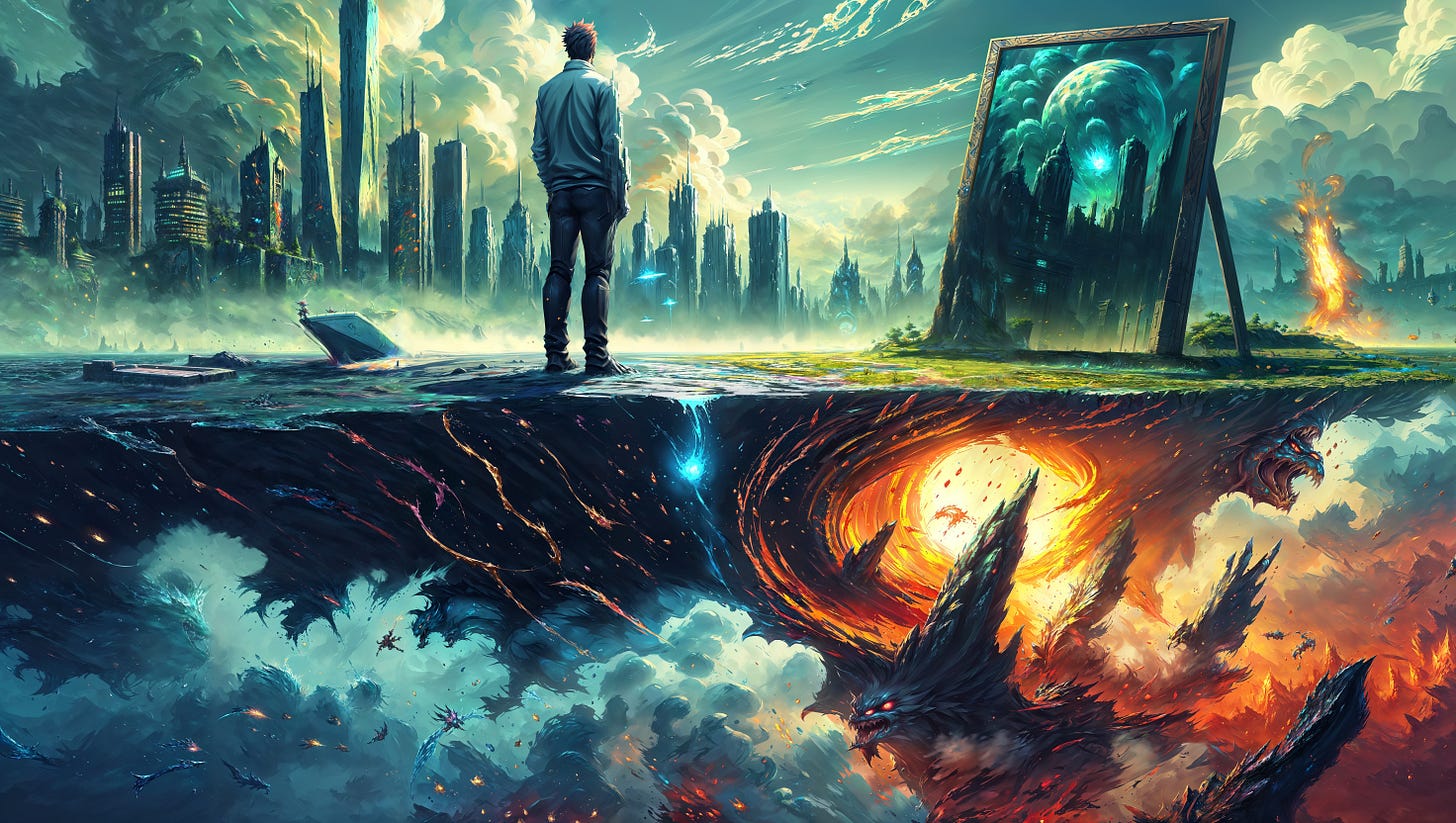Planning is Clean. Execution is Dirty.
Thoughts On The Strange World That Lives Beneath Every Plan
In Stranger Things—the Netflix show—the Upside Down is a shadow world: twisted, parallel, hidden just beneath the surface of the real one. And whenever the boundaries between the two worlds weaken, strange things happen. Lights flicker. Magnets fall off fridges. The laws of physics appear to be unraveling.
Strangely enough, it feels like a fitting metaph…



